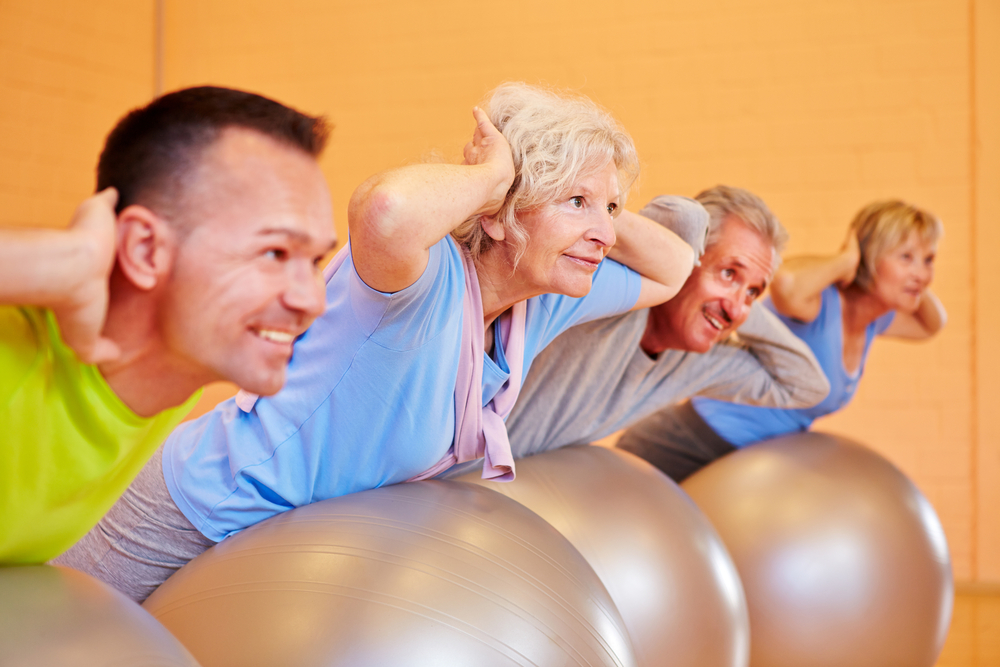
We know that moderate physical activity is beneficial for stroke survivors but we also know that most them are not active enough.
The reasons for inactivity have recently been reviewed by Nicholson et al. (2012) and include low motivation, low self-confidence, health concerns, access to appropriate facilities to name a few, but what is not so clear is whether anything can be done to help stroke survivors overcome some of these barriers and become more physically active.
Morris and colleagues set out to examine this by systematically reviewing studies that have evaluated interventions designed to promote long term participation in physical activity in stroke survivors.
Methods
A rigorous search method was used to find studies that had used counselling, advice or behaviour change interventions and had assessed the effects of these on a range of physical activity outcome measures a minimum of three months later.
This procedure initially identified 2,888 potentially relevant publications which seemed promising, but only 11 studies met the inclusion criteria and three of those did not provide data that could be included in the review. This meant that data could not be pooled and a meta-analysis could not be conducted.
The authors then undertook a thorough quality assessment where they examined the extent to which studies may be biased by, for example, selective reporting, participants dropping out, or participants and researchers knowing who was in the intervention and control groups. This revealed that only two studies could be classified as ‘high quality’.
Noting these short-comings the authors divided the studies into two broad intervention types:
- Tailored counselling which included a range of components such as motivational interviewing and goal setting
- Tailored supervised exercise sessions

The review included studies that measured the effect that counselling, advice or behaviour change interventions had on physical activity
Results
Tailored counselling
- Overall, the four studies that provided data relating to the effects of tailored counselling on improving physical activity levels showed favourable results
- Those who had received the intervention had significantly higher levels of participation and significantly more met the recommended activity levels than the control groups who received usual care
- However, a high risk of bias was identified in these studies leading the team to conclude that the implications for practice were not certain
They also noted that:
Despite evidence supporting effects of tailored counseling, the diversity of interventions in terms of components, delivery mode, timing, and dose made conclusions about optimal intervention characteristics difficult.
Tailored supervised exercise programmes
- The five studies that included tailored supervised exercise programmes were generally of a high quality but the findings were mixed with fairly equal support for significant and non-significant intervention effects, but little evidence of these interventions promoting long term change
- The reason for these mixed findings were not clear, although it could be speculated that a number of factors such as type of activity, the extent of supervision and different outcome measures could all play a part
Conclusion
Overall, this was a very well conducted review and it is a shame that most of the studies included weren’t as rigorously conducted as this one. The authors remained positive about the benefits of providing some form of intervention for improving physical activity levels in stroke survivors but clearly this work points to the need for more high quality studies to be undertaken.

Improving physical activity after stroke remains a key objective. This review highlights a gap in our knowledge about how this should be achieved.
Links
Morris, J. H., Macgillivray, S., & McFarlane, S. (2014). Interventions to promote long-term participation in physical activity after stroke: a systematic review of the literature. Archives of Physical Medicine and Rehabilitation, 95(5), 956–67. doi:10.1016/j.apmr.2013.12.016 [Abstract]
Nicholson, S., Sniehotta, F. F., van Wijck, F., Greig, C. a, Johnston, M., McMurdo, M. E. T., … Mead, G. E. (2013). A systematic review of perceived barriers and motivators to physical activity after stroke. International Journal of Stroke : Official Journal of the International Stroke Society, 8(5), 357–64. doi:10.1111/j.1747-4949.2012.00880.x [PubMed abstract]